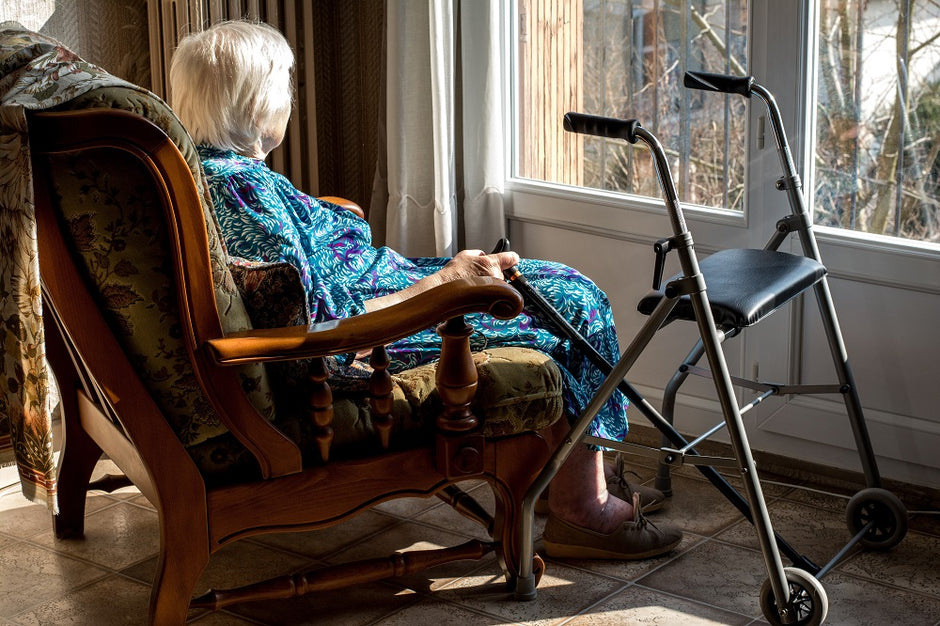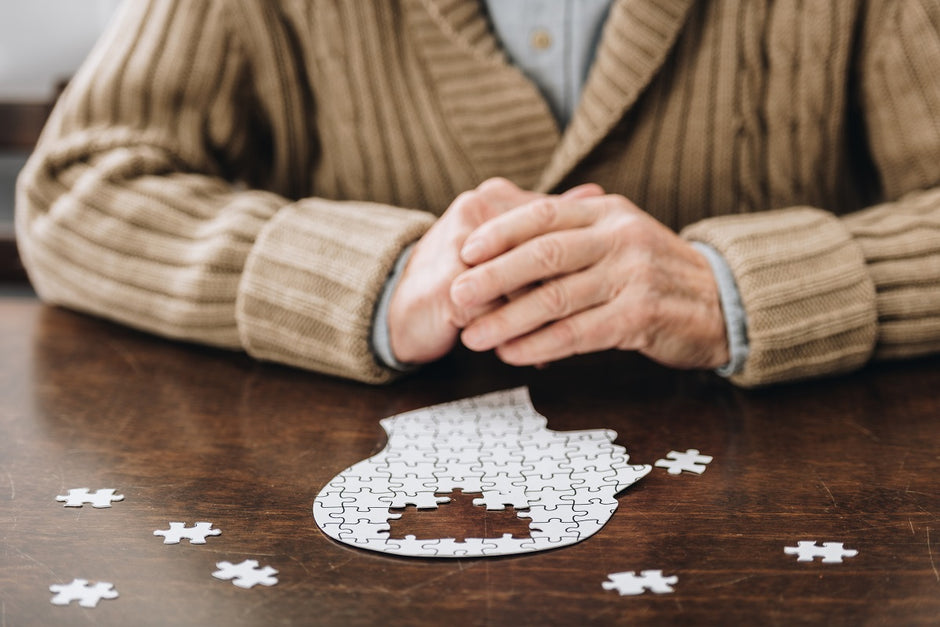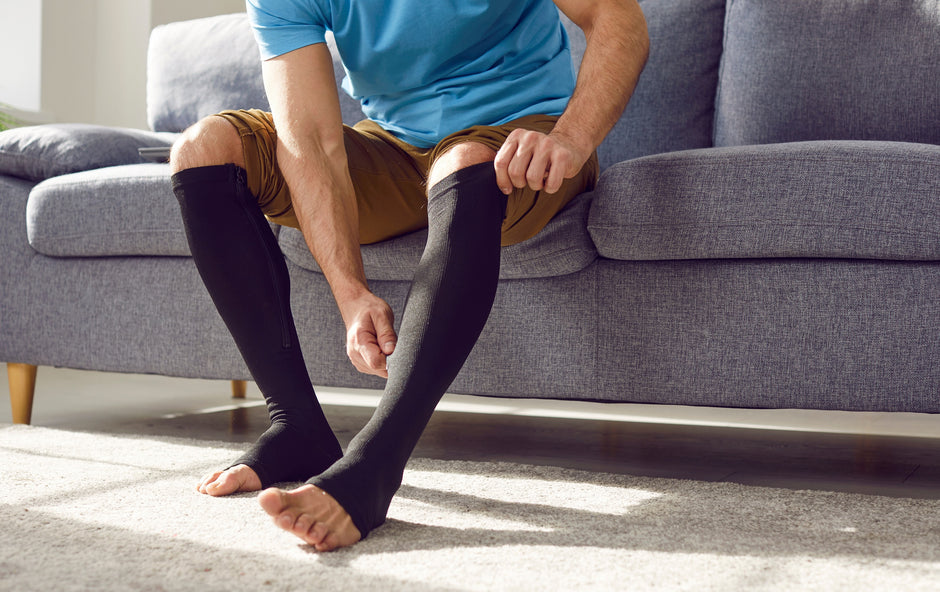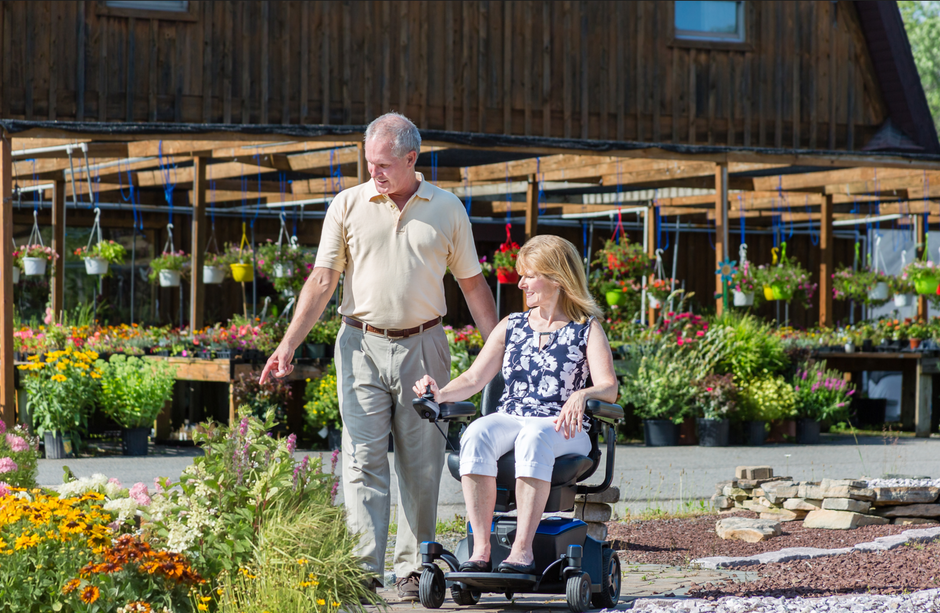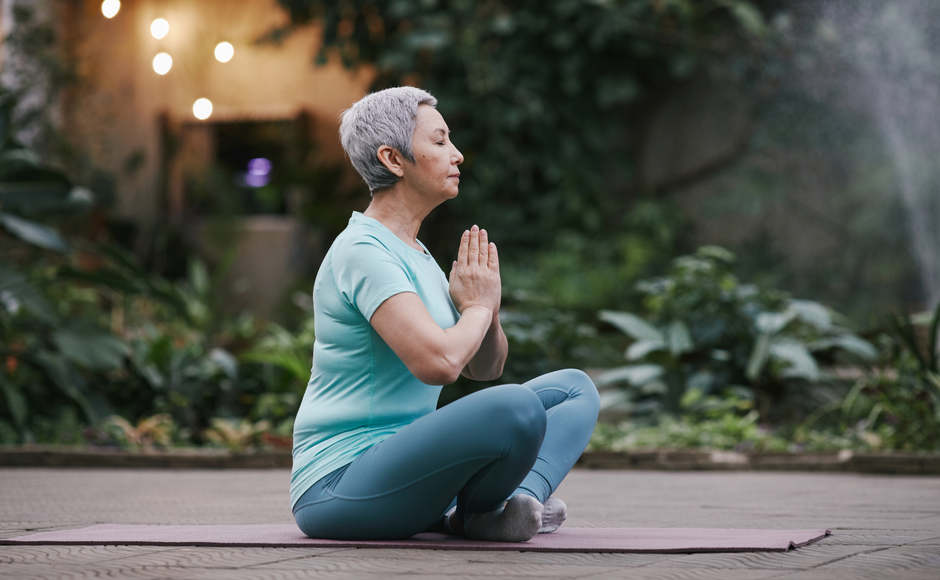You may have heard of the term "seasonal affective disorder," or SAD for short. SAD is a form of depression that usually rears its head around the same time every year, often affecting people in the fall and winter months.
Seasonal affective disorder, also sometimes referred to as major depressive disorder with seasonal patterns, is often triggered when the days become shorter and exposure to sunlight is limited. More often than not, seasonal affective disorder is experienced by young adults, and women in particular.
So what is SAD light therapy, and how can using light therapy lamps provide some relief to this fairly common mood disorder?
How Do Light Therapy Boxes Work?

The answer is fairly straightforward.
By mimicking some of the features of natural sunlight, using a light box or "SAD lamp" can stimulate cells in the retina, which is connected to the hypothalamus. The hypothalamus helps to control circadian rhythms in the body, which are part of the body's internal clock and connected to the sleep-wake cycle.
Activating the hypothalamus using a light therapy lamp or light therapy box regularly (every day) can help restore balance to the circadian rhythms present in our bodies, strengthening our mental health and pushing aside feelings associated with these seasonal symptoms, even helping with sleep disorders.
Because the use of light boxes affects chemicals in the brain linked to mood and sleep, light treatment represents one of the many options a person can explore to battle the symptoms of seasonal affective disorder, along with antidepressant medications or psychological counseling.
One should always make sure to consult with their doctor before deciding to use a SAD lamp.
What Other Conditions Does Light Therapy Help With?

Using a light therapy box or light treatment can help with seasonal affective disorder (SAD), but it has also been shown to be an effective treatment in a few other cases as well, including:
- For other forms of non-seasonal depression
- Dementia
- Sleep disorders
- Adjusting to new work schedules
- Jet lag
- Some skin disorders such as psoriasis (uses ultraviolet (UV) light
A cautionary note: Light therapy can have a negative effect on those suffering from bipolar disorder. In addition, it is possible to find light boxes that don't completely filter out ultraviolet light, which can lead to eye problems or end up damaging your skin. It is always recommended to speak with your doctor first to avoid any skin or eye damage.
How Should I Use Light Therapy Boxes?

Bright light therapy can be an effective treatment for seasonal affective disorder, and any side effects are relatively minimal. Still, it is important that you make sure you're using your light box properly. That said, it's not too hard to do!
During light therapy, you sit near the light box. Light must enter your eyes, but not directly, so don't stare into it! The light intensity of a light box (measured in LUX) can be anywhere from 2500 to 10 000 LUX, so having too much brightness shine directly in your eyes for too long can lead to an eye condition.
Otherwise, the only other key ingredients for an effective light therapy treatment is timing, duration and intensity. It is recommended that you:
- Place the light box between 16 and 24 inches from your face
- Use the light box for sessions of between 20 and 30 minutes
- Try to be consistent with the timing
Some doctors recommend using a light box first thing in the morning, but it will always be a decision best made with a healthcare professional.
How to Choose the Right Light Therapy Devices

There are a number of light therapy devices available on the market, and if you want to try using a device to ease the symptoms of your seasonal affective disorder (SAD) you'll want to pay attention to a few key indicators.
One important aspect of these lamps is the amount of light intensity they produce. Another of course is the cost of the device, and finally there is the design style of the products to be considered.
Intensity
Most light therapy is prescribed at up to 10 000 LUX, an intensity at which you'll need between 30 minutes and two hours per day. This cool, white fluorescent light is approximately 20 times greater than normal indoor lighting, so make sure to buy a light therapy lamp that can be positioned at an angle that reduces or eliminates glare.
Size
While you should always consult with your doctor and buy a lamp that is best-suited for your symptoms and condition, many doctors recommend a lamp between 12 and 15 inches wide and tall. The higher the surface area, the higher the LUX. This will affect how long you have to keep the lamp on for, and how far away from your eyes i t needs to be.
Style
This is a more personal choice. Perhaps you'll prefer a lamp like the CAREX Day Light Bright Light, a model often used by researchers around the world, provides 10 000 LUX and reduces UV light by more than 99%.
Or, on the other hand, you might be interested in the NLT Box Elite, made of durable high-grade plastics, and with a type of light that is comfortable enough on the eyes so that you can easily eat, read or watch TV with it on.
You may feel that something a little smaller is in order, and will opt to use lamps like the Theralight Aura Therapy Lamp, which offers four levels of brightness and can easily be placed on a desk at your home or office.
Learn More About Seasonal Affective Disorder

Using a light therapy box is a great treatment option for depression, but it is not by any means a cure.
Because depression is a multifaceted beast, it is always recommended that you consult with your doctor or a health professional before attempting treatment on your own.
If you want to learn more SAD, you can check out our blog on the subject, 5 Signs You Have Seasonal Affective Disorder.




